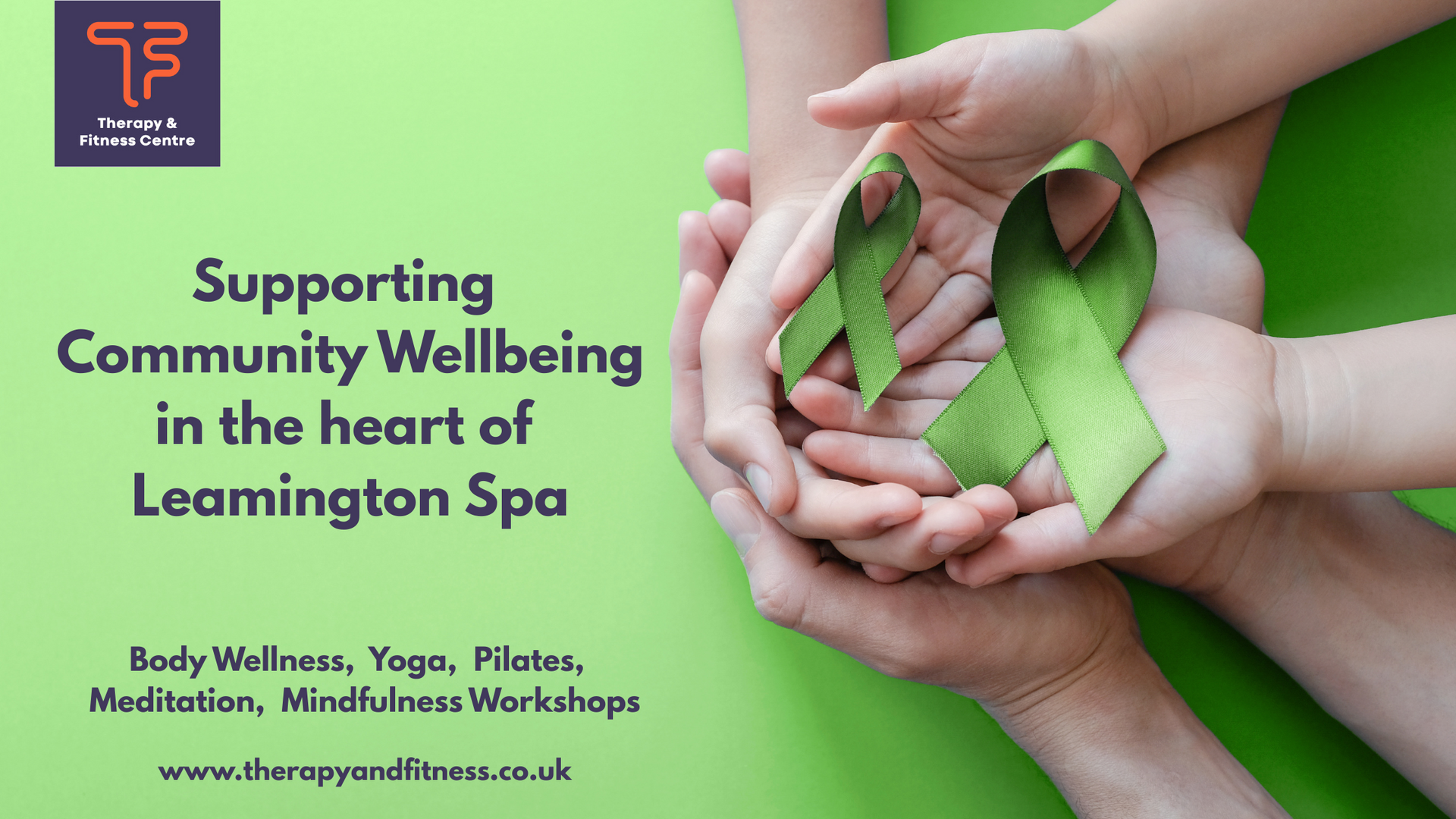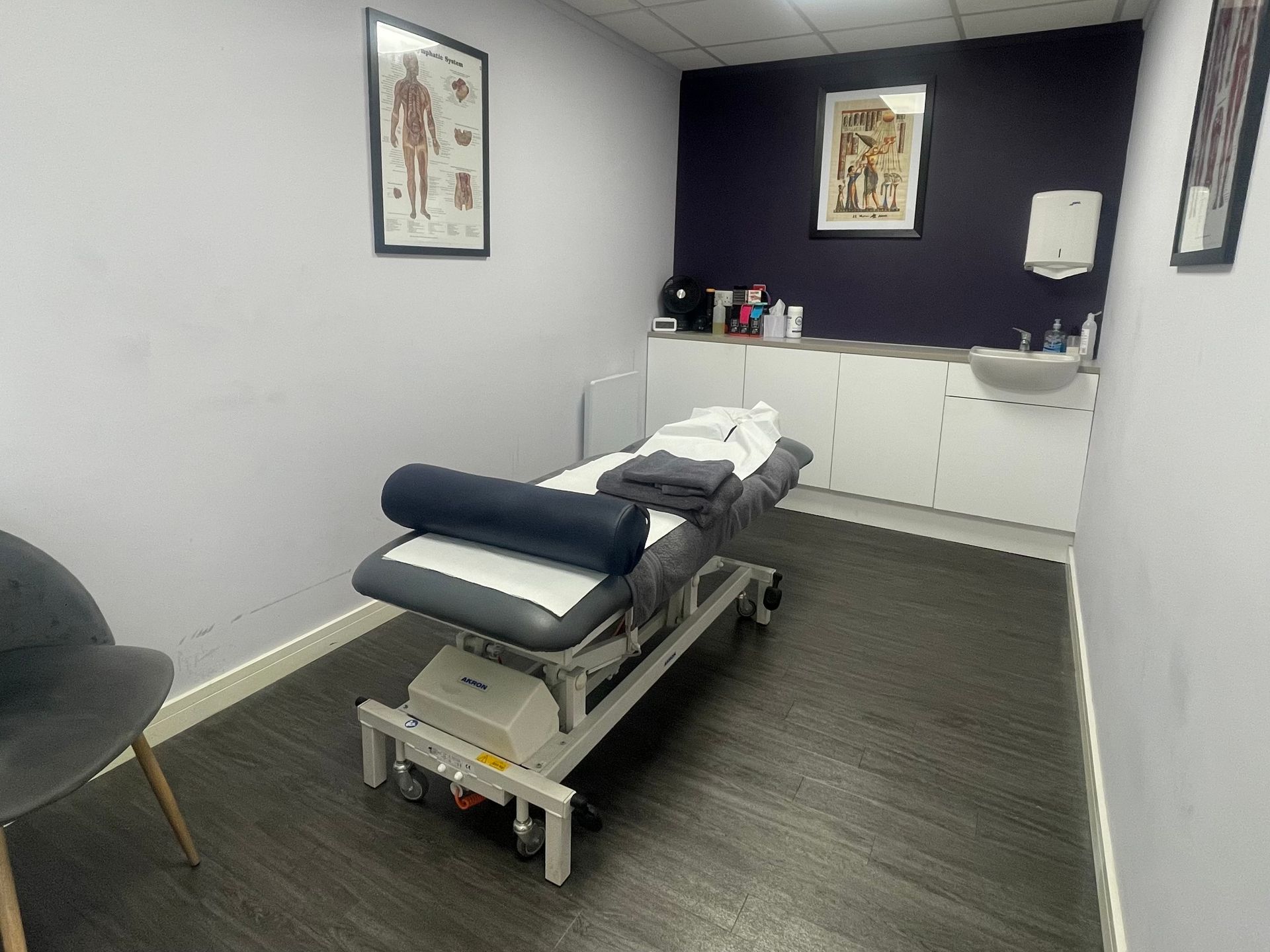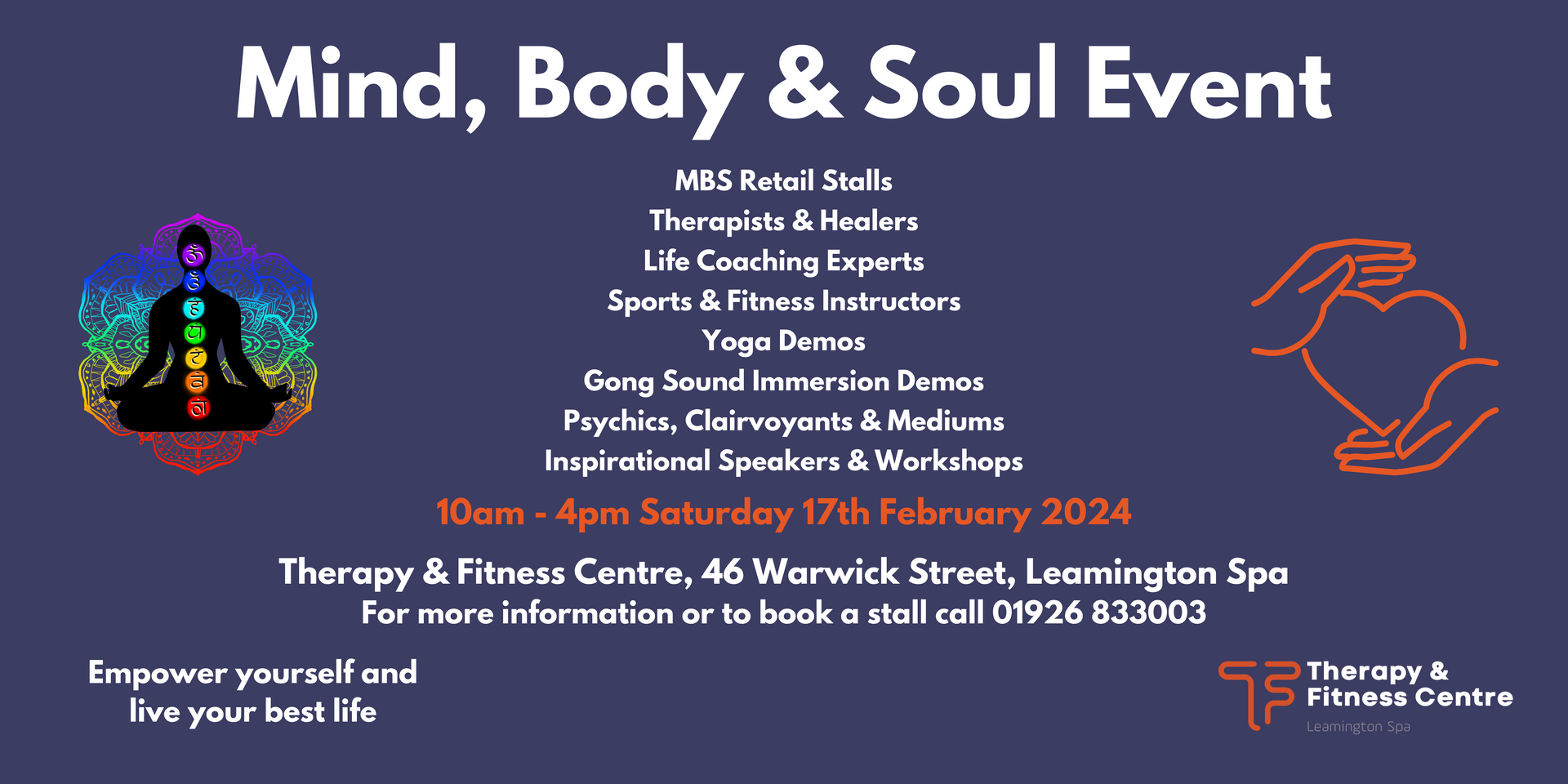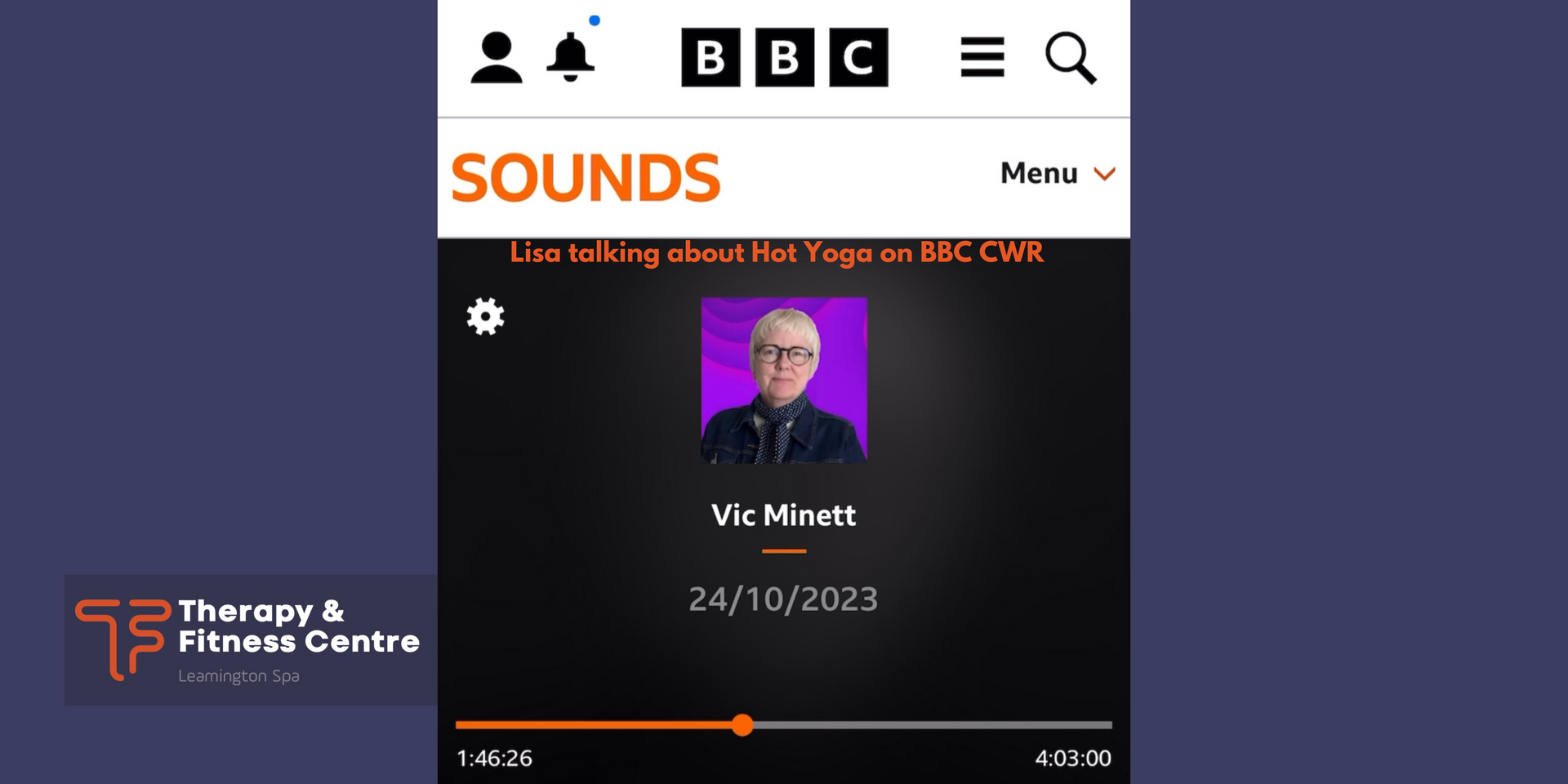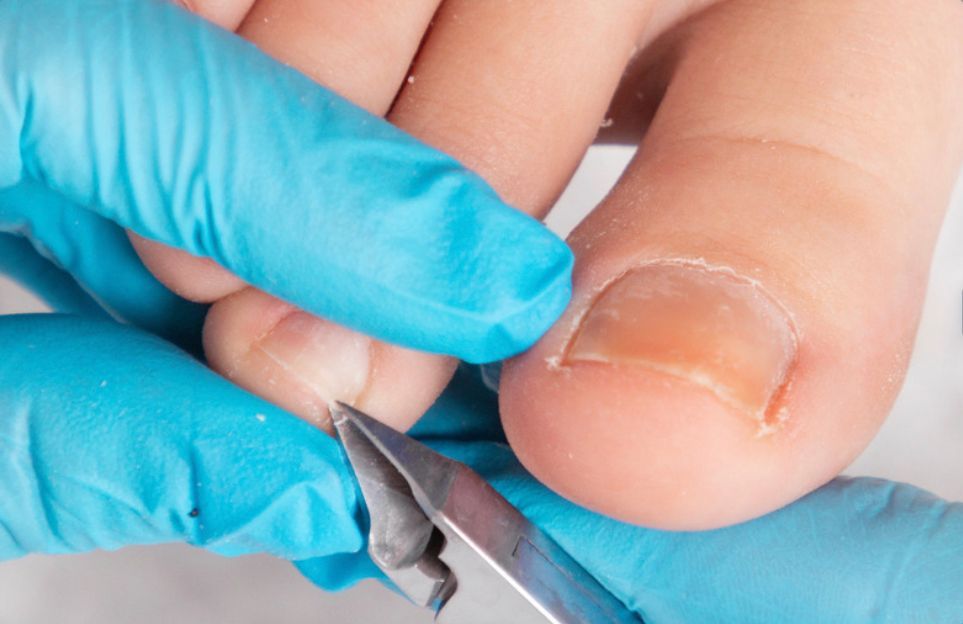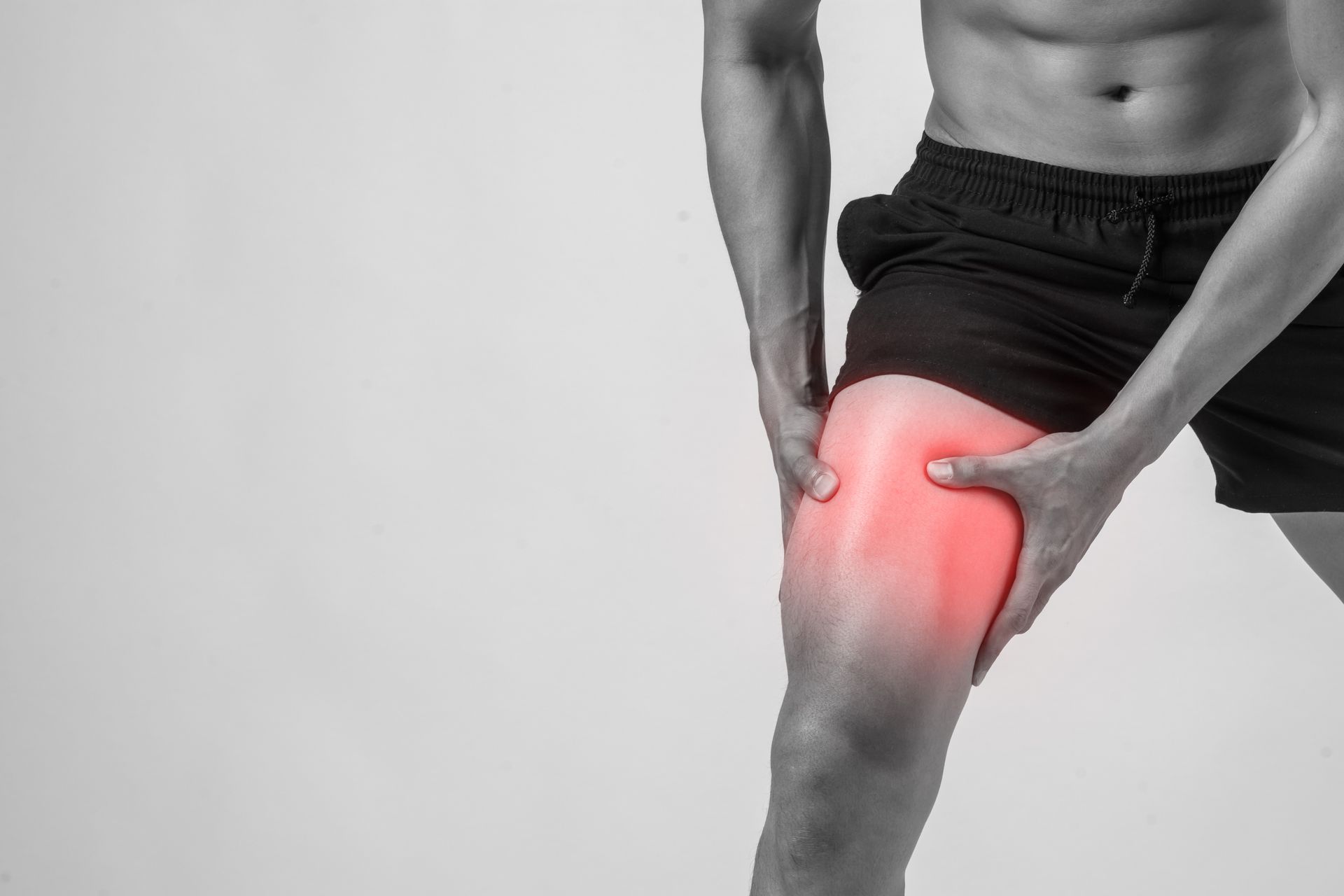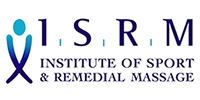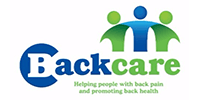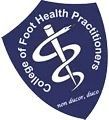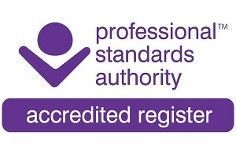Lockdown Survival Guide
Lisa Moore • May 15, 2020
Are you fed up with Lockdown? - A Lockdown survival guide
I was doing so well with lockdown keeping my spirits up as well as my family’s, organising my working day and making sure the boys weren’t watching too many box sets. But once I’d rescheduled all of my clients to the beginning of May (that was optimistic), caught up with my accounts, sorted through cupboards, drawers and completed a few gardening jobs I found myself getting a little depressed with not having a full time job or a regular source of income. Isolation with my family as much as I love them can get to you after a while! So I’ve come up with a few tips to help you…
- Structure your day, devise a diary of things to do and stick to it.
- Don’t do too much in one day (especially gardening, otherwise you’ll be calling me for an online appointment).
- Try to avoid alcohol in the week.
- Remember not every day is a weekend, aim to get up at the same time you usually would and don’t let yourself go.
- If you’re furloughed learn something new, whether it’s baking, cooking, a language, sewing or knitting.
- Take time out of your day away from the children to do your things.
- Borrow an elderly neighbours dog to entertain your children or to take for a walk if you haven’t got one.
- Don’t miss out on spending time with those you can’t visit and video call them instead.
- Organise video drinks, a meal, a quiz or a movie night. (Just remember to all press play at the same time).
- Stay fit, whether it’s a Joe Wicks class every morning or a class via an app downloaded to your phone. (I’m getting addicted to mine its called FiiT).
- If your children like video games encourage them to play the Wii fitness ones if they’re available.
- Listen to music and get the whole family to participate in their own choices, guilty pleasures or not and have dancing competitions.
- Better still if a family member plays an instrument put on a concert!
- Do some star gazing together.
- Whilst out on your daily exercise walk talk and get in touch with mother nature, look at the flowers, trees and birds.
- Bake cakes for your local GP surgery or hospital.
- Avoid the news and social media if it makes you depressed.
- Be mindful and appreciate what we do have in our lives!
- And for those who are missing out on holidays, we had a New York trip at Easter cancelled along with tickets on Broadway to see West Side Story and Elton John in concert. So we decided to watch West Side Story on Amazon Prime one night and the next day we had Elton John music playing all night. We even had pancakes for breakfast; we made the most of it and look forward to seeing the sights another year!
Hopefully you can take some of these tips away with you even if some of them don’t apply to you. And let’s hope that everyone stays safe so we can soon meet up with our friends and hug our families again.
And as for us reopening… after the PM’s announcement last week I’m now calling all those clients and rescheduling them from… well July as I feel it’ll be very unlikely that our industry will up and running before then. I’ll keep you all posted.
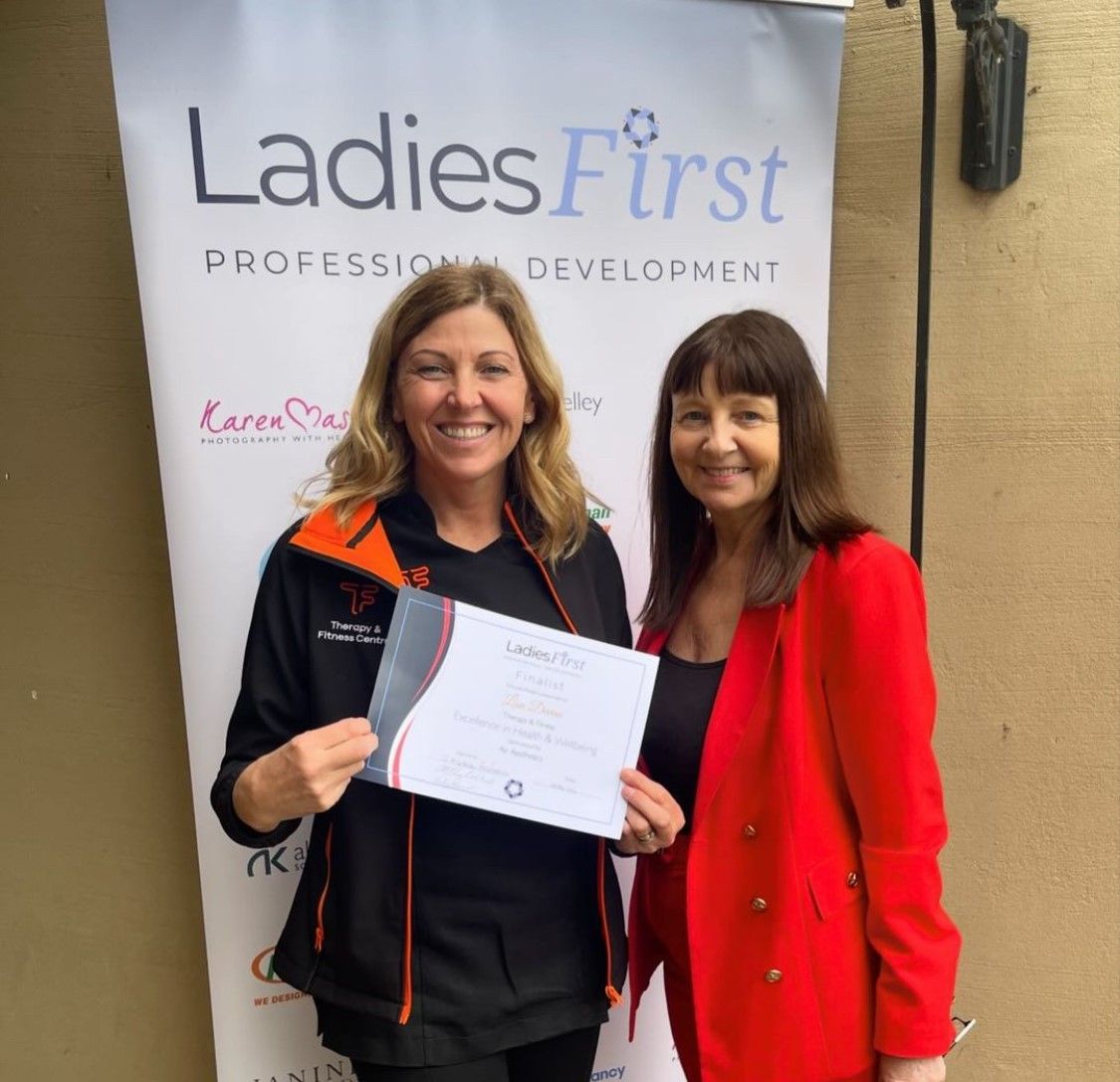
The second time in a row Lisa has been announced as a finalist in the Ladies First Health and Wellbeing category at this years awards ceremony which will be held at the Dallas Burston Polo Club on Thursday 13th June. Last year Lisa won the award which was held at Coombe Abbey Hotel. Will Lisa hold the title for the second year?

Join us every 3rd Tuesday of the month for Bev and her Heart Meditation Drumming Circle from 7pm for beginners and 8.15pm for those who have attended at least twice before. Become more connected with your heart and practice the ancient art of heart beat meditation. Unlocking lower stress levels, conscious breathing and a better nights sleep along with an art of drumming. The heart holds the key to unlocking your true potential. Daf drums, (Frame drums) provided. Join us as we focus on the heart for a £5 - £10 donation to cover expenses and any additional goes to charity. To book your place click HERE .

Whether you’re struggling with the symptoms of everyday stress, or are experiencing a big change in your life that is activating feelings of anxiety, it can have an adverse affect on your emotional and physical wellbeing. When your mind is in turmoil, it can be difficult to figure out how to diffuse the feelings of stress, so why not try taking the focus off the things you can’t control, and instead concentrate on the things you can. At Leamington Therapy and Fitness Centre , we’ve put together this list of our top 8 stress relievers to help you relax.

